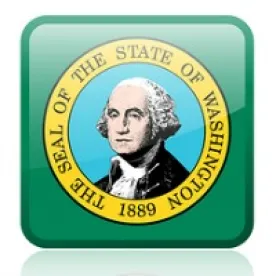Beginning July 25, 2021, employees can use Washington Paid Family and Medical Leave (WPFML) to care for more people.
The law originally permitted employees to get paid leave to help address the serious health condition of any “family member.” That term was defined to include a:
-
“Child,” including biological, adopted, or foster child, a stepchild, or a child to whom the employee stands in loco parentis, is a legal guardian or is a de facto parent, regardless of age or dependency status;
-
“Parent,” including biological, adoptive, de facto, or foster parent, stepparent, or legal guardian of an employee or the employee’s spouse or state-registered domestic partner or an individual who stood in loco parentis to an employee when the employee was a child;
Grandchild;
Grandparent;
Spouse, child’s spouse, or state-registered domestic partner of an employee; and a
Sibling.
Under new law signed by Governor Jay Inslee, SB 5097, the term “family member” in WPFML has been expanded to include “any individual who regularly resides in the employee’s home or with whom the relationship creates an expectation that the employee care for the person, and that individual depends on the employee for care.” The term “family member” does not include a person who simply resides in the same home with no expectation that the employee care for the individual.
This change is part of a growing trend in Washington and elsewhere embracing paid family and medical leave.




 />i
/>i

